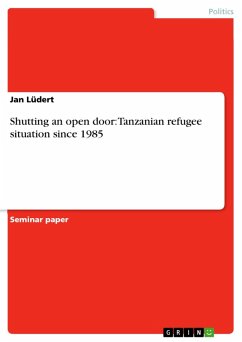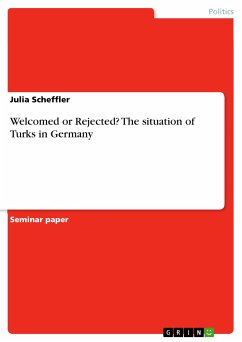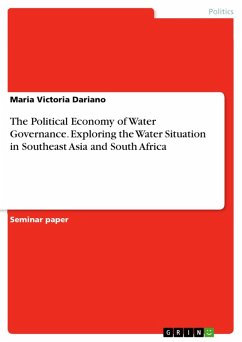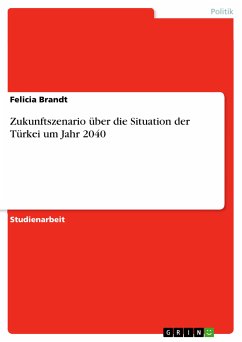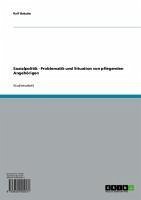Seminar paper from the year 2006 in the subject Politics - International Politics - Topic: Globalization, Political Economics, grade: 1.5, The Australian National University, language: English, abstract: The east African country of Tanzania, once praised for its "Open Door Policy" and its committed support for refugees fleeing turmoil in their respective home countries, has shifted dramatically within the last two decades. This paper will investigate the changed policy of the Tanzanian government towards continuous refugee influx after its independence in 1964. It is apparent that perceptions of refugees have also shifted in local, regional and international arenas and due to the confines of this paper, developments on these fronts will only be mentioned peripherally. The refugee situation in the Great Lake Region of Tanzania is of exceptional importance for a selected number of reasons: 1) Tanzania has been host to the highest number of refugees on the African continent therefore putting a uncontested burden on the nation 2) The country acts as case for an increasing awareness of sovereignty, especially in terms of national security in post colonial Africa 3) The historical implications of ethnic separation questions the notion of territoriality in a region still struggling to create stability 4) Government leadership and ideology influence the perception of refugees and therefore the formulation of policy This paper will investigate the above, firstly outlining the refugee arrivals in western Tanzania since independence; secondly investigating the perception of refugees under the presidency of the Pan Africanist, Julius Nyerere until 1985; thirdly it will account for refugee policy adjustments implemented by the government post Nyerereism; and lastly by concluding the above notions utilising the findings of the preceding paragraphs. Tanzania has been a safe haven for refugees from its western neighbours, namely Burundi, Congo (former Zaire), Uganda and Rwanda for several decades and the country has continuously hosted refugees from these countries. Estimates on the number of refugees vary greatly, and no exact number can be drawn from existing figures post Tanzanian independence, but it is reasonable to assume refugee volumes of several hundred thousand up to a million from 1959 until 1993. Refugees arriving in the biggest wave between 1993 and 1998 from Rwanda, Burundi and the Democratic Republic of Congo are thought to have reached close to 1.3 million people.
Dieser Download kann aus rechtlichen Gründen nur mit Rechnungsadresse in A, B, BG, CY, CZ, D, DK, EW, E, FIN, F, GR, HR, H, IRL, I, LT, L, LR, M, NL, PL, P, R, S, SLO, SK ausgeliefert werden.

